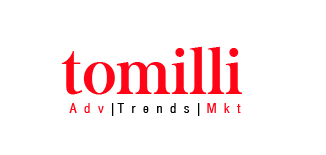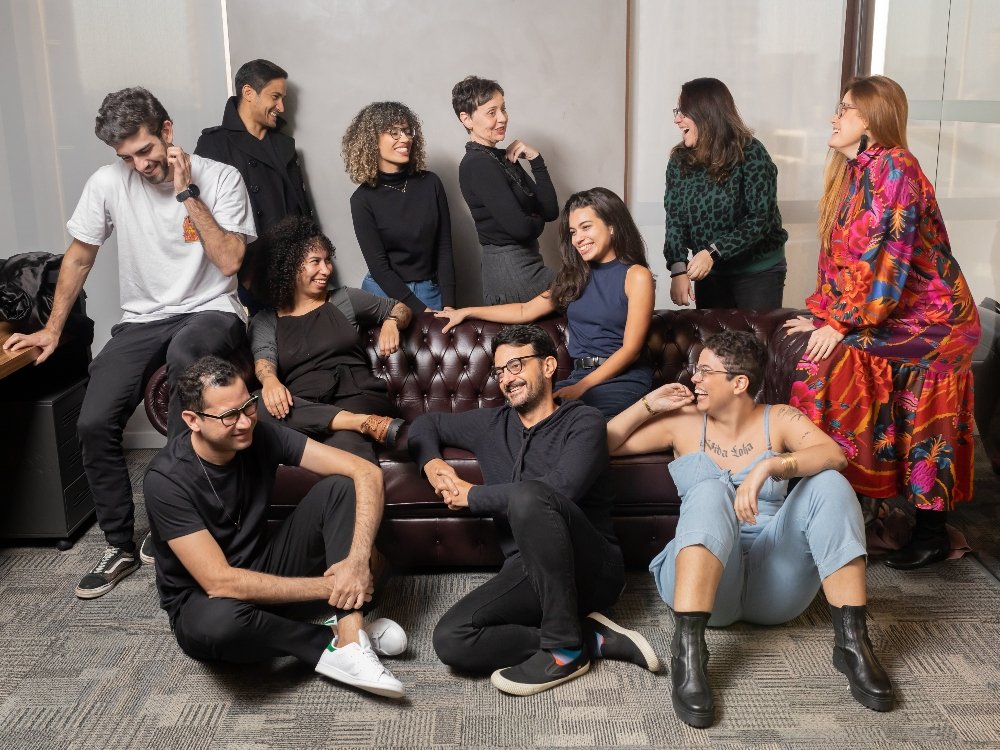Laura Florence, ECD; Gabriela Guerra, and Udo Nery, ACDs. Havas Health & You
The Saniss Awards have demonstrated that health communications can be both creative and effective at the same time. How does your agency manage creativity and effectiveness in a sector as demanding as the health world?
Laura: At Havas Health & You Brazil, we believe that creativity is more than just coming up with new ideas. It is the ability to produce new and useful things that make a real difference in people’s lives. This is especially important in the health world, where lives are at stake.
Creativity without results is more like art. But creativity that leads to better patient care, improved outcomes, and a more efficient healthcare system is essential. We are committed to fostering creativity in our organization and encouraging our employees to think outside the box. We believe that creativity is the key to solving some of the most pressing challenges in healthcare today.
What is the most interesting part of handling this type of communication?
Udo: There are many restrictions on what can and cannot be said in health and pharma advertising. This can make it difficult to find creative solutions that are both effective and compliant. However, finding a creative solution in this challenging environment can be very rewarding. It can help to break through the clutter and reach target audiences with a message that is both memorable and impactful. It is like finding the exit of a maze. The exit is there, but it is not always easy to find. It takes time, effort, and a willingness to think differently. But when you finally find the exit, it is a great feeling of accomplishment.
How are the teams formed? Do you have health professionals participating in the creative phase?
Gabriela: The composition of teams depends heavily on the product and the type of work to be developed. But our medical department plays a key role in this process. They provide guidance on the medical accuracy and help us to understand the needs of patients and healthcare professionals. It’s like a time formed by them, by the copywriters, art directors, and planners during the development of the creative concept.
But, just as our creatives need to be open to learning about the world of health, the healthcare professionals who work with us need to be open to creativity. We are fortunate to have worked with HCPs who love creativity as much as we do.
How do you envision this sector in 10 years?
Laura: Most pharma and health advertising agencies still work today as they did 10 or 20 years ago. That is, with a product-centric and data-centric mindset, resulting in cold, uncreative communication with little aesthetic care. They still treat the HCP as a robot and not as a human being, not as an emotional creature that we are, with feelings, emotions, beliefs, desires, and fears.
But that is changing. With the major communication groups entering the health market, agencies and creatives are having to differentiate themselves and improve their creative delivery more and more. Whether in art direction, conceptualization, strategic planning, or copywriting. That’s why I see the health sector creatively becoming more and more like the consumer sector. In which we focus more on what people (whether HCPs, caregivers, or patients) feel and need than on the product itself.
How is your agency preparing for the future?
Gabriela: Not only Havas Health & You Brazil, but the entire group sees the Consumer Experience (CX) as the future of health communication. In other words, our work will be less and less based on media and more on how a brand interacts with customers at every point in the journey, whether in Awareness, search for information, consideration, diagnosis, decision, adherence to treatment, or other moments. We have invested in CX courses, hiring CX professionals, creating CX departments, and creating global health agencies dedicated to CX. We are also preparing for the future by analyzing and experimenting ways to automate processes that do not depend on creativity, whether through digital tools or artificial intelligence.
From your point of view, what country has the best health communications, and why?
Udo: This is a tricky question. To help answer it, I’m going to draw a parallel with soccer.
The best teams are European not only because the soccer market is more mature there. But because they have the biggest budgets to hire the best professionals from anywhere in the world. The same is true in the health communication market. Today, the country with the best health communications is the United States. Not only because the market there is more mature. But because they have access to the largest clients, the largest investments in production, and budget to hire the most creative professionals from anywhere in the world. Which, like in soccer, are the Brazilians.





